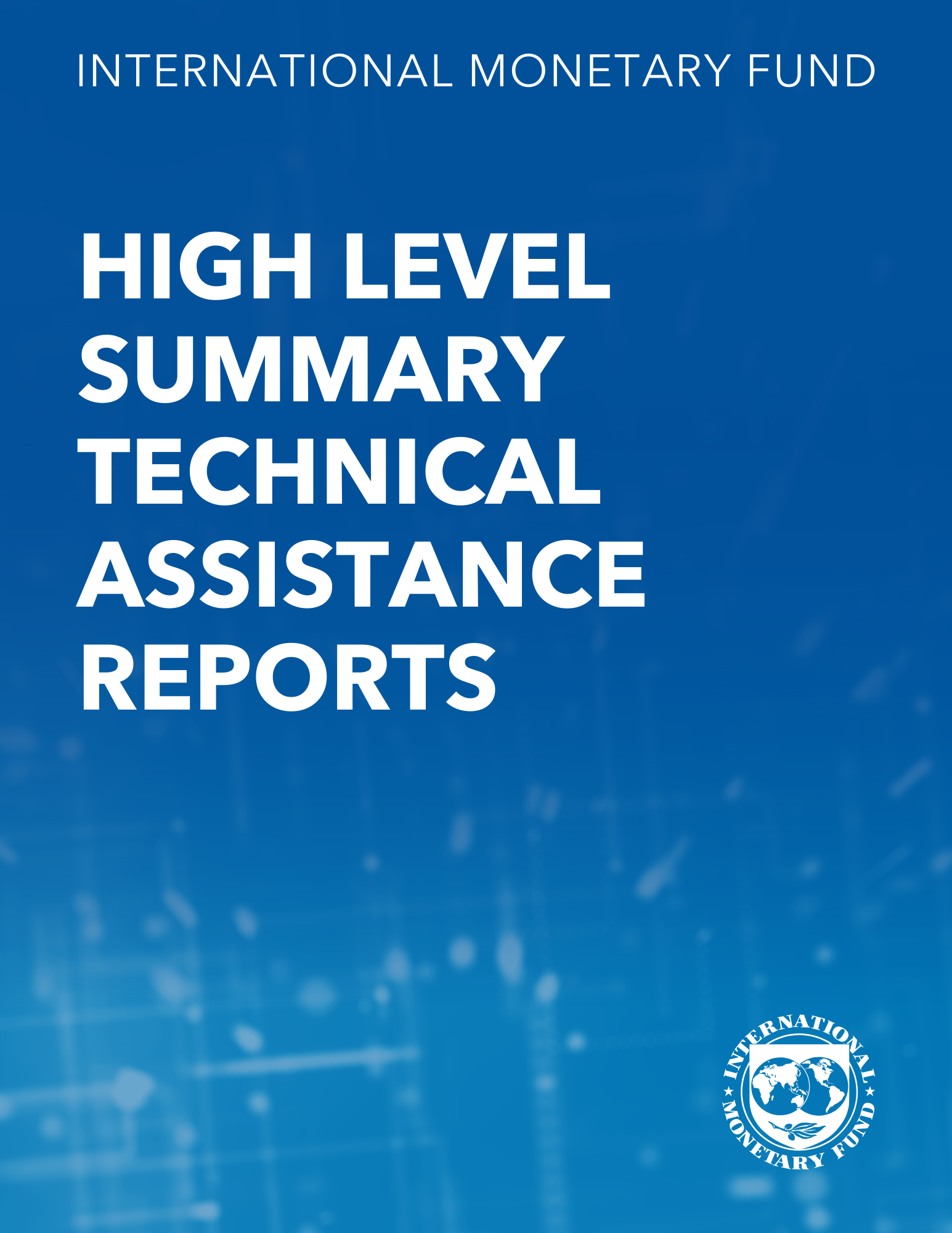Tipping the Scale? The Workings of Monetary Policy through Trade
June 28, 2017
Disclaimer: IMF Working Papers describe research in progress by the author(s) and are published to elicit comments and to encourage debate. The views expressed in IMF Working Papers are those of the author(s) and do not necessarily represent the views of the IMF, its Executive Board, or IMF management.
Summary
Subject: Conventional peg, Exchange rate arrangements, Exchange rate flexibility, Foreign exchange, International trade, Monetary policy, Trade balance, Unconventional monetary policies
Keywords: Conventional peg, copyright page, current account, Exchange rate arrangements, Exchange rate flexibility, exchange rate regime, Global, monetary policy, monetary policy shock, monetary policy spillover, policy instrument, regime classification, spillovers, tip the scale, trade balance, transmission mechanism, Unconventional monetary policies, vis-a-vis country, Workings of monetary policy, WP
Pages:
22
Volume:
2017
DOI:
Issue:
142
Series:
Working Paper No. 2017/142
Stock No:
WPIEA2017142
ISBN:
9781484303603
ISSN:
1018-5941






